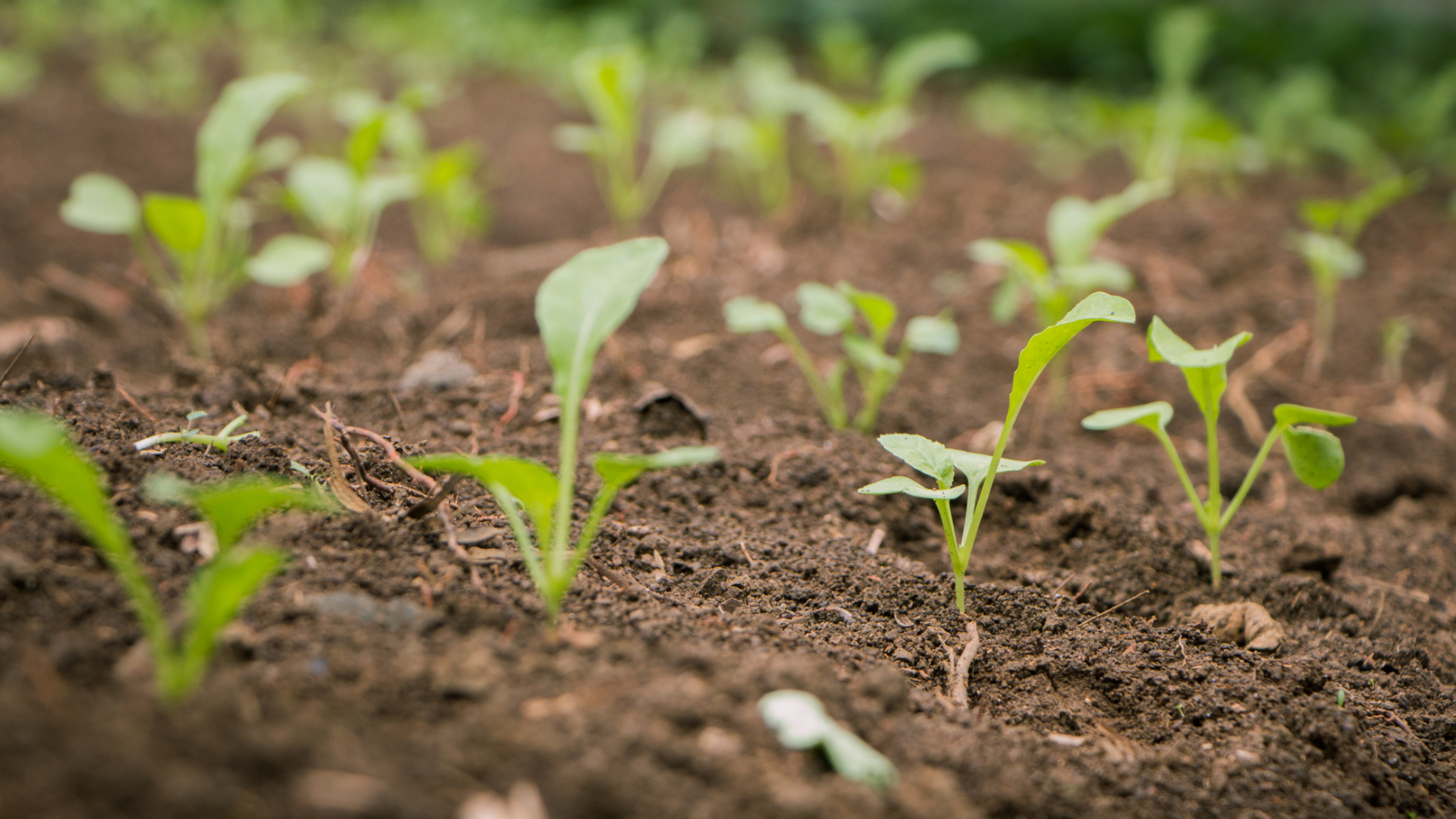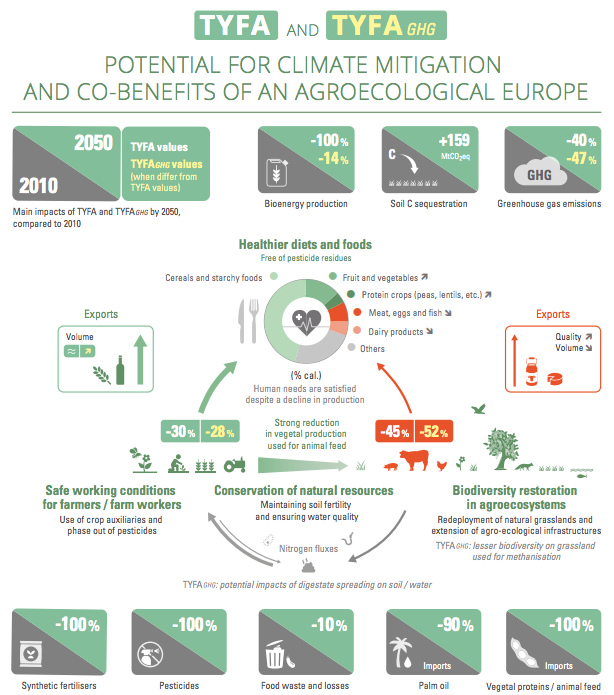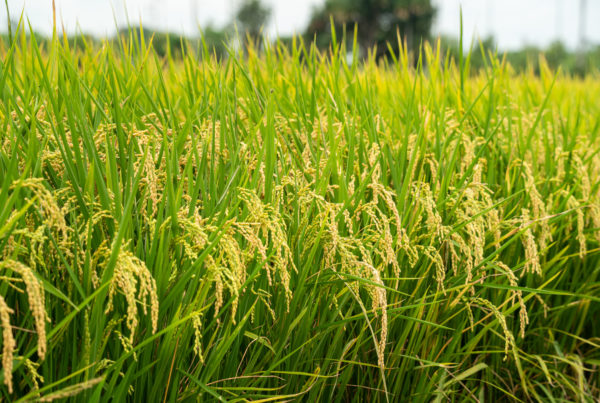The French think tank IDDRI (Institut du Développement Durable et des Relations Internationales) published an evaluation of the potential for a reduction of greenhouse gas emissions from agriculture in their scenario of a transition of European agriculture to agroecology by 2050 (Ten Years For Agroecology – TYFA). Emission reductions range from 40% to 47%, while important benefits for biodiversity, natural resources, adaptation, and health are highlighted.
Eric Gall, Policy Manager at IFOAM EU, said: “The Ten Years For Agroecology prospective scenario is a ground-breaking exercise as it shows how a full conversion of European agriculture to organic farming could contribute to climate change mitigation while preserving our natural resources and protecting biodiversity. It is crucial that prospective and policy debates on how to decarbonise the agricultural sector better integrate biodiversity and soil health issues and consider the need to phase out the use of pesticides. The organic food and farming movement is fully committed to using agroecological principles to make agriculture part of the solution for preserving our climate.”
The study “Agroecology and carbon neutrality in Europe by 2050: what are the issues?”, written by Pierre-Marie Aubert, Marie-Hélène Schwoob (IDDRI) and Xavier Poux (AScA, IDDRI), reads:
The latest IPCC special report sets the objective of achieving carbon neutrality by 2050, 2070 at the latest if we want to keep global warming below 2°C. The sustainable intensification of agricultural production, in a land sparing logic, is most often considered as a necessary step to achieve this. In this context, this brief question, in the case of Europe, the potential contribution of a more extensive agro-ecological food system based rather on a land sharing approach. It is based on a comparison of the TYFA-Ten Years For Agroecology in Europe scenario with the agricultural component of recently published scenarios reaching carbon neutrality by 2050, through the development of a multi-criteria dashboard. The objective of mitigation is put in perspective with other key challenges associated to food system functioning: human health, conservation of natural resources and biodiversity, and adaptation to climate change.
Key Messages
- The TYFA scenario is based on abandoning pesticides and synthetic fertilisers, redeploying natural grasslands and extending agro-ecological infrastructures (hedges, trees, ponds, and stony habitats), and the generalisation of healthy diets (fewer animal products, more fruit and vegetables) in order to sustainably feed 530 million Europeans in 2050 (despite a 35% drop in production). With a 40% reduction in GHG emissions (35% for direct non-CO2 emissions), a potential for soil carbon sequestration of 159 MtCO2eql/year until 2035, and bioenergy production brought down to 0, the scenario is not likely to be compatible with carbon neutrality, although it offers many co-benefits: biodiversity, natural resources, adaptation, health.
- TYFA-GHG is a variant of TYFA which aims at improving its performances on the mitigation side without changing its core hypotheses: emissions are reduced up to -47%, the soil C sequestration potential is similar, and 189 TWh/year of bioenergy can be produced. TYFA-GHG is based on a greater reduction in bovine livestock (-34% compared to 2010 compared to -15% for TYFA) and the controlled development of methanisation from grassland grasses and animal manure.
- In contrast, the agricultural component of “carbon neutral scenarios” is based on land sparing approach: significant increases in agricultural yields allow to free up some land that is either reforested to increase the biogenic sink or used to produce biomass energy. However, the assumptions on yield increases seem very optimistic (up to +30%) given their recent stagnation in Europe (particularly in cereals), and the potential impacts on biodiversity and soil health are very significant. This could jeopardize the very productive capacity of agro-ecosystems and will lead to lower yields instead of higher ones.
- Prospective and policy debates on how to decarbonise the agricultural sector must better integrate biodiversity and soil health issues (beyond a single carbon metric) and thus reconsider strategies based on land sharing and agroecology as credible options.








